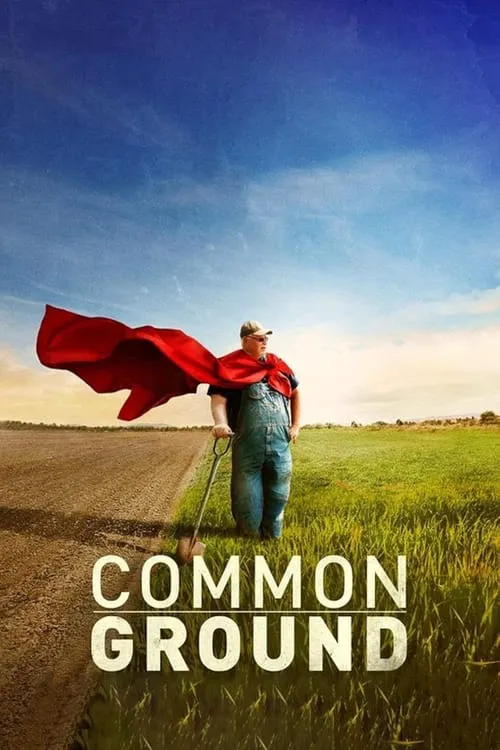Common Ground

Plot
Common Ground, a documentary film, sheds light on the often-overlooked world of American agriculture, revealing the intricate relationships between farming policy, politics, and public health. The movie delves into the lives of regenerative farmers who are determined to bring about a transformative change in the way the nation approaches soil health. The film begins by introducing us to the harsh realities of modern farming practices, which often prioritize short-term profits over long-term sustainability. Conventional farming methods rely heavily on synthetic fertilizers, pesticides, and other chemical inputs that can contaminate soil, water, and air, ultimately affecting the health of both farmers and consumers. These practices are not only detrimental to the environment but also contribute to the growing problem of food-borne illnesses, which are on the rise across the United States. As the documentary progresses, we meet a group of dedicated regenerative farmers who are working tirelessly to revolutionize the way we grow and consume food. These farmers, who hail from diverse backgrounds and regions, share a common vision: to restore the health of our soils, which are the foundation of our food system. They believe that by adopting regenerative practices, such as no-till or reduced-till farming, cover cropping, and incorporating organic amendments, we can not only improve soil fertility but also promote ecosystem services, enhance biodiversity, and increase crop yields. One of the central characters in the film is Gabe Brown, a pioneering regenerative farmer from North Dakota. Brown's farm, which has been in his family for generations, was once a thriving operation that employed conventional practices. However, after a series of health problems and financial struggles, Brown decided to make a drastic change. He began experimenting with regenerative methods, gradually transitioning his farm to a more sustainable model. Through Brown's experiences, the film highlights the benefits of regenerative farming, including improved soil fertility, increased crop yields, and enhanced ecosystem services. We see Brown's farm transform from a barren, chemically dependent operation to a thriving ecosystem that teems with life. His success has inspired a community of like-minded farmers, who are now working together to create a more sustainable food system. Another key figure in the film is Pam Roland, a regenerative farmer from California. Roland's farm, which is certified organic, has been a leader in the regenerative movement. Her farm is a model of sustainability, where every aspect of the operation is designed to promote ecosystem services and minimize waste. We see Roland and her team implement innovative techniques, such as using drones to monitor soil moisture and applying compost to improve soil fertility. Her farm's success has earned her recognition as a champion of regenerative agriculture. As the film delves deeper into the world of regenerative farming, it becomes clear that this movement is driven by more than just environmental concerns. The regenerative farmers featured in the film are deeply committed to creating a more equitable food system, where small-scale farmers can thrive and consumers have access to nutritious, locally grown food. These farmers recognize that the current industrial agriculture system is broken and that a new approach is needed. One of the most compelling aspects of the film is its exploration of the relationships between farming policy, politics, and public health. The documentary highlights the ways in which government policies can either support or hinder the growth of sustainable agriculture. We see how the Farm Bill, a massive piece of legislation that is renewed every five years, can either promote or undermine regenerative farming practices. The film also explores the role of corporate interests in shaping agricultural policy and promoting conventional farming practices. As the film concludes, we are left with a sense of hope and possibility. The regenerative farmers featured in the documentary are not just trying to change the way we grow and consume food; they are also seeking to transform our society's relationship with the natural world. They believe that by prioritizing soil health, we can promote ecosystem services, enhance biodiversity, and create a more just and sustainable food system. Common Ground is a powerful and inspiring film that highlights the interconnectedness of American farming policy, politics, and public health. It reminds us that the decisions we make as a society can have far-reaching consequences for the health of our environment, our communities, and our own bodies. As the film's title suggests, there is common ground to be found, a place where agriculture, politics, and public health intersect in a way that promotes the well-being of all.
Reviews
Recommendations




